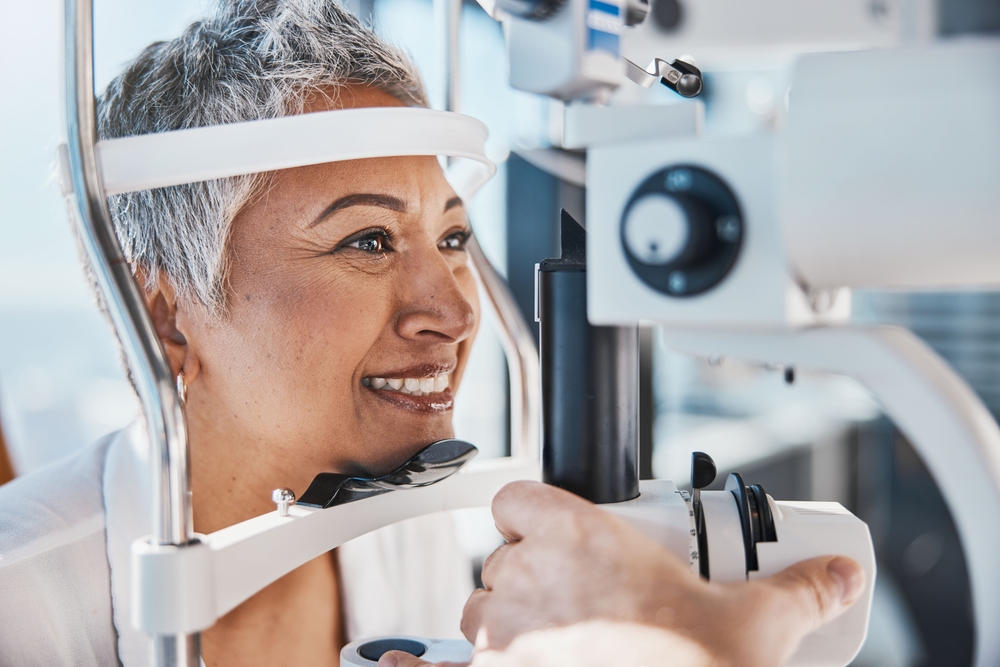
Diabetic retinopathy is a complication of diabetes that affects the eyes. It's caused by damage to the blood vessels of the retina. The good news is, with early detection and treatment, the risk of severe vision loss can be reduced.
Preventive Measures for Diabetic Retinopathy
The best way to prevent diabetic retinopathy is to manage your diabetes effectively. This means maintaining a healthy diet, regular exercise, and taking prescribed medications as directed by your healthcare provider.
Another preventive measure is to control your blood pressure and cholesterol levels. High blood pressure and high cholesterol can increase your risk of developing diabetic retinopathy. Regular check-ups and following a doctor-recommended treatment plan are crucial.
If you're a smoker, quitting can significantly reduce your risk of developing diabetic retinopathy. Smoking damages blood vessels and can increase blood sugar levels, making it harder to control diabetes and increasing the risk of eye complications.
Treatment Options
While there's no cure for diabetic retinopathy, treatments can slow its progression and even improve vision. Treatment usually won't be necessary until the disease reaches the proliferative stage, or if macular edema occurs.
There are several treatment options available, including laser treatment, vitrectomy, and injections into the eye. Laser treatment is used to stop the leakage of blood and fluid in the eye. Vitrectomy is a surgery to remove the vitreous gel that is pulling on the retina. And injections into the eye of a medication called anti-VEGF can help stop the growth of new blood vessels and reduce the swelling of the retina. Your doctor will recommend the best treatment option for you based on the severity of your condition.
Importance of Regular Eye Examinations
Regular eye examinations are crucial for detecting diabetic retinopathy in its early stages, before it leads to vision loss. The American Diabetes Association recommends that adults with diabetes have a comprehensive eye exam at least once a year.
During an eye exam, your eye doctor will dilate your pupils and examine the retina and optic nerve for signs of damage and other eye problems. They may also test your vision and check for glaucoma or cataracts, which are more common in people with diabetes.
Navigating Diabetic Retinopathy for Optimal Eye Health
Living with diabetic retinopathy can be challenging, but with the right approach, it can be managed effectively. It requires a combination of medical treatments, lifestyle changes, and regular eye exams. It's essential to work closely with your healthcare provider to develop a comprehensive treatment plan that suits your needs and lifestyle.
To learn more on preventive measures and treatment options for diabetic retinopathy, visit Glenpool Eye Care in our Glenpool, Oklahoma office. Please call (918) 233-8400 to schedule an appointment today.







